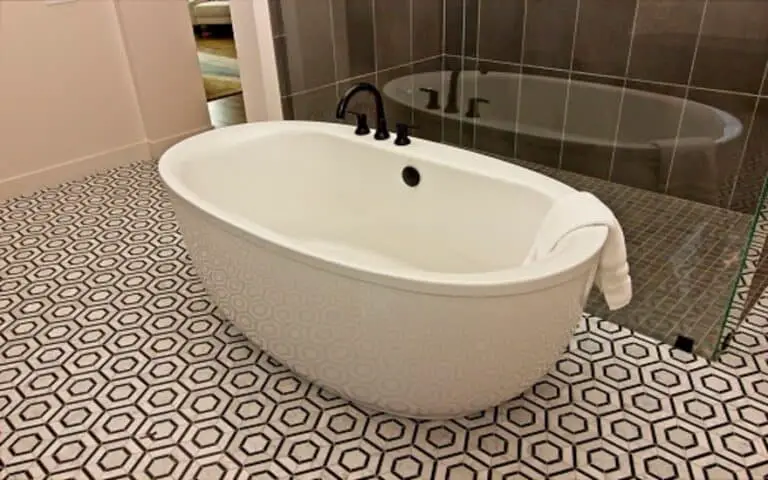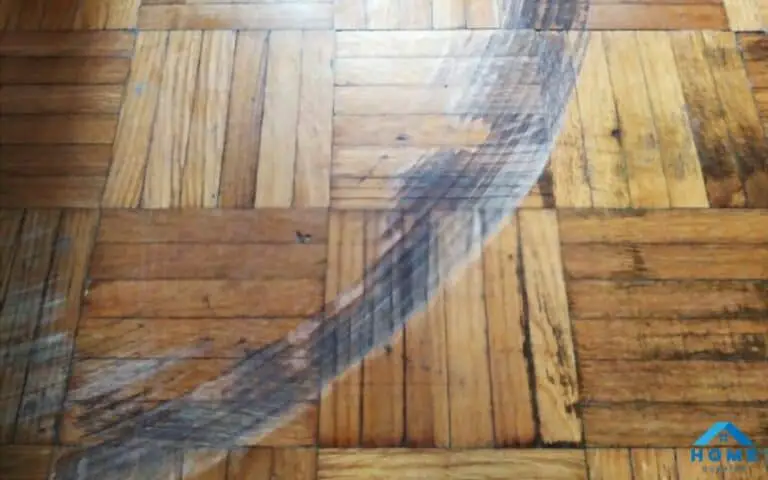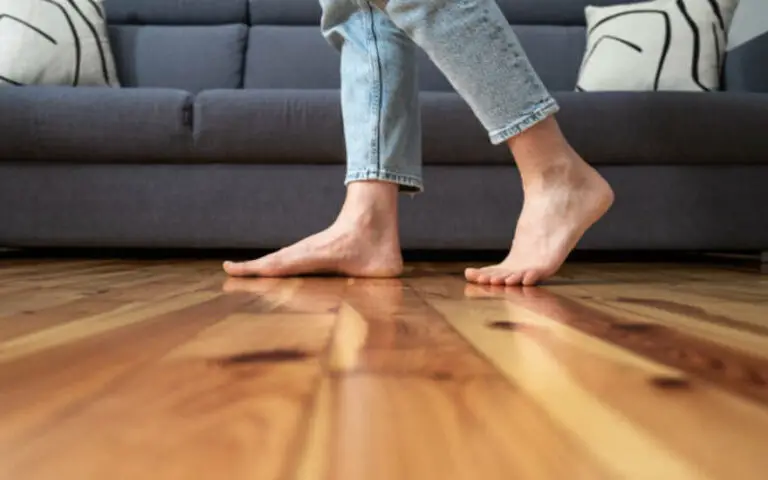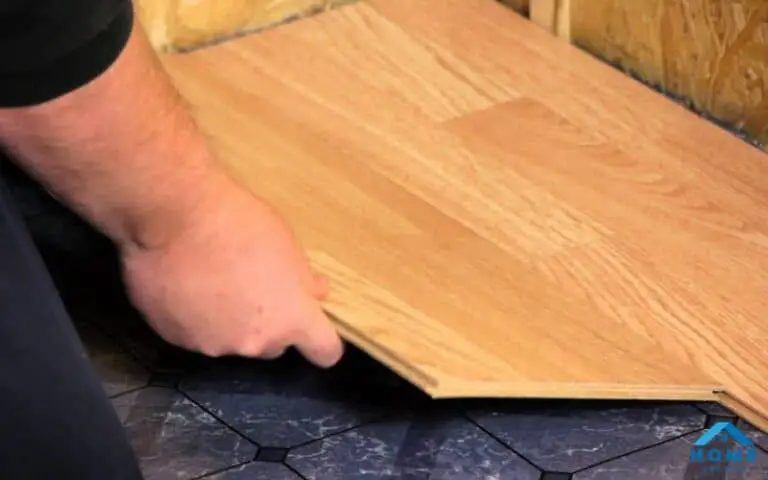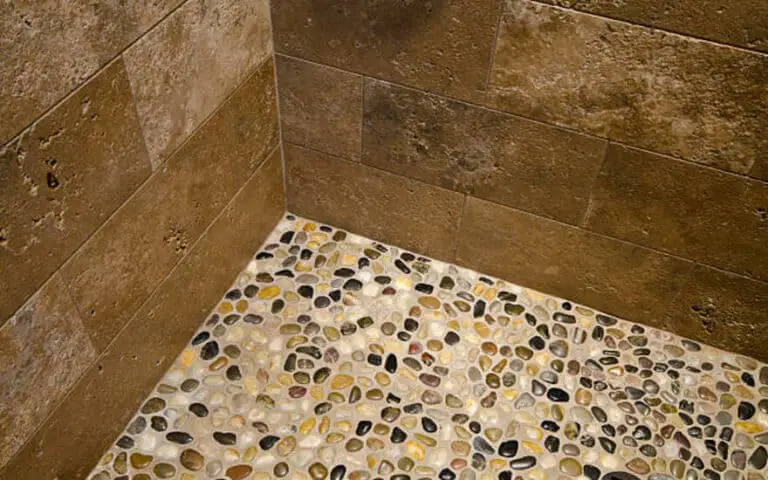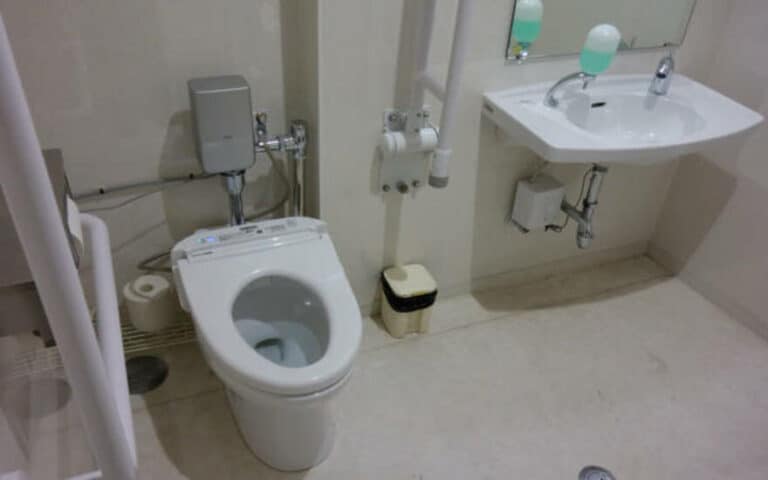This blog post will show you how to seal and protect your bathroom flooring. With these tips, you can ensure that your bathroom looks great for years.
How to seal your bathroom flooring: Step-By-Step Guide
Having sealed your bathroom flooring, it’s important to protect it from any potential damage or wear. This can be done by applying a protective coating, which will give your floor added longevity and keep it looking as good as new for years to come. To protect your bathroom flooring, follow the steps outlined below.
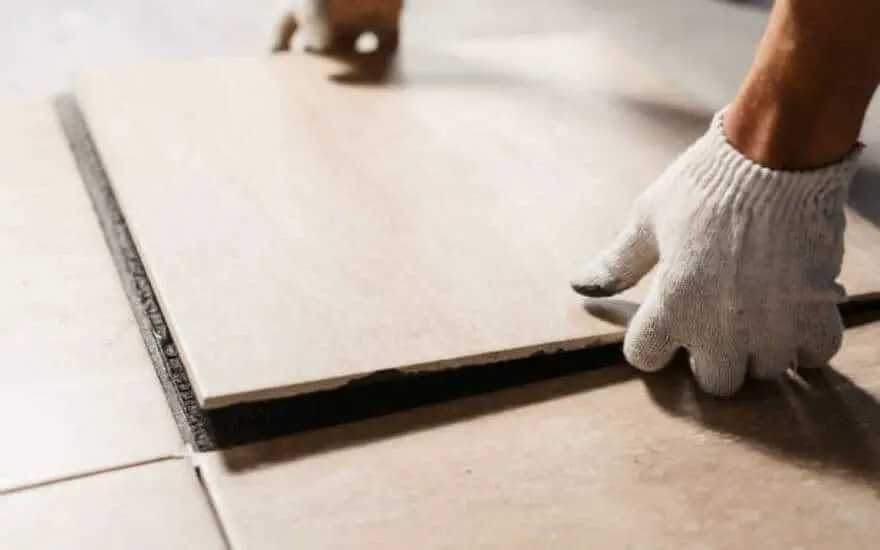
Step 1: Prepare the Floor
Before you can begin sealing and protecting your bathroom flooring, you need to prepare the floor. Start by sweeping it with a broom, cleaning it with a microfiber cloth, and vacuuming the gaps. Make sure to cover all corners with corner sealing tape.
Then, remove the protective film, apply pressure and remove any air pockets using a spatula or squeegee. After completing this step, your floor should be ready for the sealant.
Step 2: Clean the Floor
Now that the floor is prepped, it’s time to clean it. Start by sweeping the floor with a regular soft-bristle broom to pick up the worst of the dirt, and then wipe it clean with a microfiber cloth to get rid of any dust or debris.
It is also important to cover all corners with corner sealing tape to ensure that nothing gets into the crevices. Finally, use a sealer & adhesive remover to remove any protective film, apply pressure and remove air pockets using a spatula or squeegee.
Step 3: Apply the Sealant
Now that your bathroom floor is clean and dry, it’s time to apply the sealant. Start by applying corner sealing tape to all corners and edges.
Make sure to remove the protective film and apply pressure to remove any air pockets. Before you apply the sealant, sweep the floor with a broom and clean it with a microfiber cloth. Vacuum the gaps to ensure a thorough cleaning.
Then, use a roller to apply the waterproofing agent on the wall height of the masking tape. Finally, eliminate the old sealant with a chisel and white spirit. Now your bathroom floor is ready for grouting!
Step 4: Allow the Sealant to Dry
Once the sealant is applied, it’s important to allow it to dry completely. This usually takes a few days, and during this time, you should avoid walking on the floor or applying any additional materials.
After the sealant has dried, you can apply a protective coating to the floor to add an extra layer of protection and prevent future damage.
Step 5: Apply a Protective Coating
Once you have allowed the sealant to dry, it is time to apply a protective coating to your bathroom floor.
This will help to keep your floor looking great for longer. When selecting a protective coating, ensure it is suitable for use in a bathroom environment, as certain products may not be suitable for wet surfaces.
Before applying, it is best to check the instructions on the product packaging. Once ready to apply the protective coating, you may need to use a roller or brush to spread the product evenly onto the floor. Allow the protective coating to dry completely before allowing anyone to walk on it.
Step 6: Let Dry and Enjoy
Once your sealant is dry, you are left to enjoy the beautiful and protected bathroom flooring you have created!
The sealant will create a protective layer that will help protect your floor from dirt, water, and other damage. To ensure your bathroom flooring remains protected, it is important to regularly clean and maintain it. This includes vacuuming and mopping regularly to keep it looking its best.
How to protect your bathroom flooring: Step-By-Step Guide
Once you’ve sealed your bathroom floor, it’s important to protect it. To do this, you’ll need to clean and dry the floor.
Then, apply a sealer to the grout lines, followed by a top coat. Using a rubber seal, you can also add an extra layer of protection.
Finally, you should maintain your bathroom flooring regularly to keep it looking its best. With these simple steps, you’ll surely have a beautiful, protected bathroom floor for years!
Step 1: Clean and Dry the Floor
Once the floor is prepped and ready to go, it’s time to clean it.
Start by sweeping the floor with a soft-bristle broom to get rid of the worst dirt, and then wipe it with a microfiber cloth. After that, you can apply a liberal amount of undiluted sealer and adhesive remover to a manageable area.
Allow it to set without drying until the coating or residue is removed. This step is essential in ensuring that your sealant will adhere properly. Be sure to cover all corners with corner sealing tape to ensure no one can penetrate the seams. Once you’ve finished cleaning, it’s time to move on to the next step.
Step 2: Apply a Sealer
Once the surface is clean and dry, you can apply the sealer.
Miracle Sealants 511 Impregnator Sealer is an excellent choice for sealing bathroom floors as it helps protect your grout, stone, and tiles from dirt, stains, and moisture. To apply the sealer, use a foam sponge, brush, or small roller to coat the grout lines.
Before applying, read the instructions on the sealer’s packaging and allow the sealer to dry for the recommended amount of time before continuing to the next step.
Step 3: Apply a Top Coat
Once you have sealed your bathroom floor, applying a top coat can add an extra layer of protection.
This will help to protect the sealant and make it more resistant to dirt and moisture. You’ll need a foam brush or roller to apply the top coat. Start in one corner and work across the floor in one direction. Make sure to cover the entire surface and pay special attention to the grout lines.
Once you have applied the top coat, allow it to dry according to the manufacturer’s instructions.
Step 4: Add an Extra Layer of Protection
Once you’ve applied the sealant, you can add an extra layer of protection to your bathroom floor. A layer of wax or polish can help keep the floor sealed and make it easier to clean.
This can also help protect the tiles from scratches and damage. It is important to remember to use a wax or polish specifically designed for the type of tile you have installed in your bathroom.
Read the instructions carefully and apply the wax or polish evenly. Once dry, you can enjoy your beautiful, well-protected bathroom floor!
Step 5: Maintain your Bathroom Flooring Regularly
Maintaining your bathroom flooring is important in keeping it looking its best for years to come.
Regular cleaning and sealing will help to protect your floors from water damage, staining, and wear and tear. To keep your bathroom flooring tip-top shape, sweep, vacuum, and mop your floors regularly.
It would be best if you also cleaned any spills and stains as soon as possible. Use mild soap and water or a gentle cleaner to clean your tile floors or backsplashes. For tougher stains, use a tile sealer and adhesive remover to remove sealers, waxes, and other floor finishes.
Finally, it would be best if you resealed your tiles every couple of years or as needed to protect them from further damage. Following these simple steps, you can enjoy a beautiful and pr, protected floor for years.
Wrap Up
Now that you know how to seal and protect your bathroom flooring, you’re all set to enjoy the beauty and durability of this amazing feature in your home. Sealing your flooring is a great way to keep it looking great for longer while protecting it from moisture and spills.
Whether you choose to use a sealant, a top coat, or an extra layer of protection, be sure to follow the steps carefully and take the time to clean and dry the floor before beginning. And don’t forget to maintain your bathroom flooring regularly for the best results!

